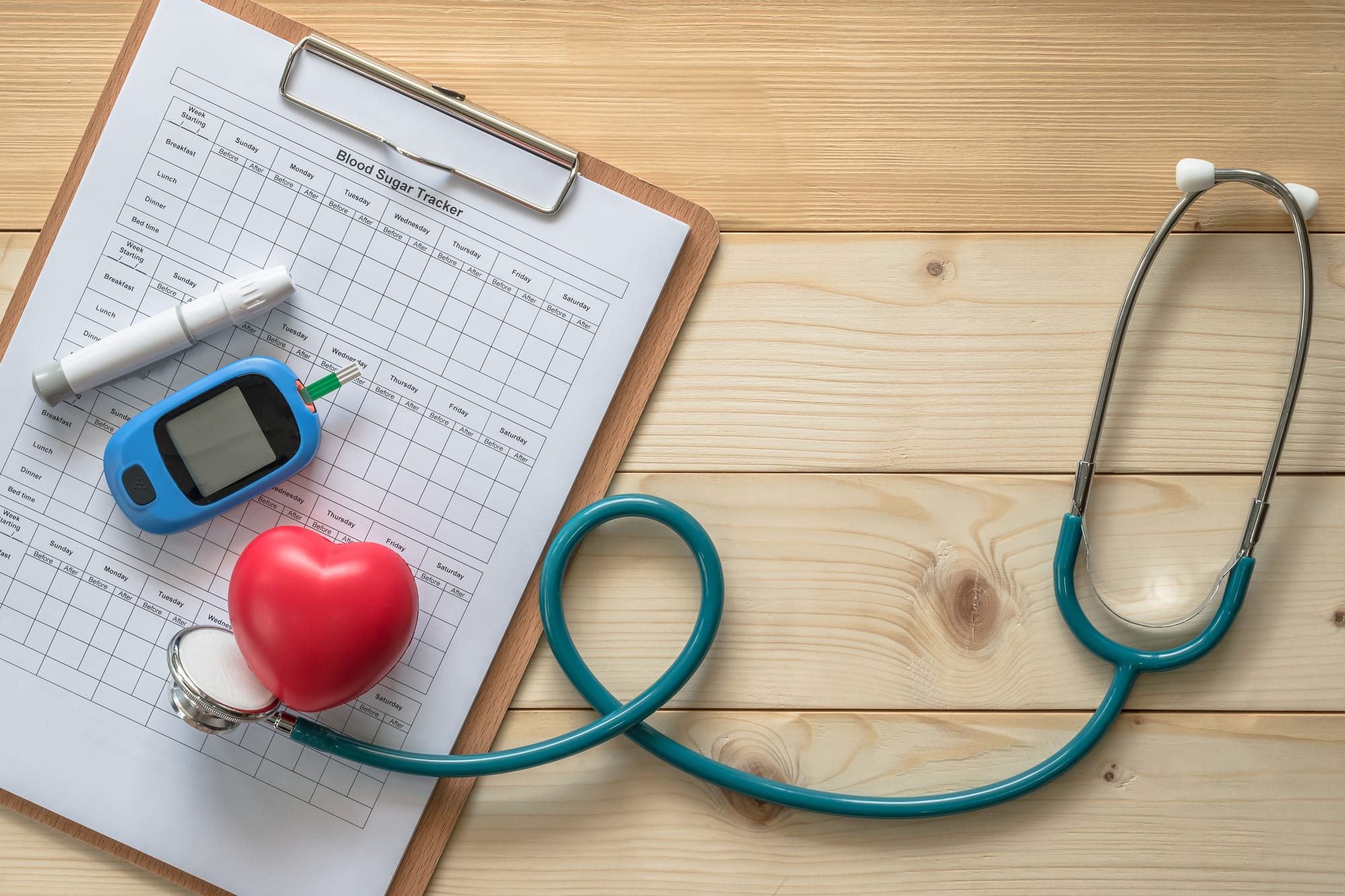Diabetics and skin, foot and dental care

skin care
Skin problems caused by diabetes can range from itching to painful inflammation. However, patients can avoid these problems by following nine simple health guidelines:
- Shower daily with lukewarm water and soap that does not contain strong chemicals.
- Dry the skin with a soft towel, avoiding rubbing and drying all areas between the skin folds.
- Use a small amount of moisturizer after showering to prevent dry skin.
- Take extra care to avoid scratches or bruises.
- Wear gloves when doing work that may injure or harm the patient.
- Use a sunscreen with an SPF of 15 or higher to protect your skin from the sun.
- Wear clothing that protects against the cold and avoid staying in very cold places for long periods.
- Wash wounds and scratches with soap and water, then apply a bandage.
- Contact a doctor if the patient's scratch or wound does not heal, if the skin becomes red or swollen, if there is warmth or heat at the site of the wound, or if pus or a foul-smelling substance is secreted from it.
pedicure
Many people with diabetes lose sensation in their feet (called neuropathy), so they may not feel foot damage, which can lead to serious conditions such as amputation. However, if you take care of your feet, you can avoid more serious problems. If you have difficulty examining your feet yourself, a family member or friend can help. Here are ten simple steps to protect your feet:
- Check your feet daily for cracked or dry skin, cuts, open sores, blisters, redness, swelling, calluses, calluses, or toenail problems. A mirror can be used to monitor these injuries when needed. Report any foot problems to your doctor.
- Keep your feet clean and dry, especially between your toes.
- If the patient's feet are dry or cracked, skin moisturizer can be applied to them, avoiding between the toes.
- Cut nails straight across, avoiding cutting the corners, then smooth them with a paper file.
- Avoid walking barefoot and wear shoes or slippers all the time.
- Wear comfortable shoes that fit the patient's feet.
- Check the inside of your shoes before wearing them to ensure there are no foreign objects or rough areas.
- Wear socks all the time.
- Avoid using any hot object, such as a heating pad, hot water bottle, or sitting in a hot tub or shower. The patient should check the temperature of the bathtub water with their elbow, not their foot.
- Remove shoes and socks at every visit to the doctor's office so that the doctor remembers to examine the patient's feet.
- Avoid using tape to secure the bandage directly to the skin of the leg or foot. Instead, use an adhesive bandage to avoid skin injury on the lower extremities.
Dental care
Comments


